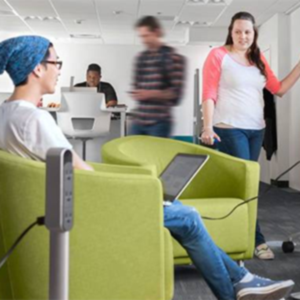
LEARNING LABS
Collaboration Spaces
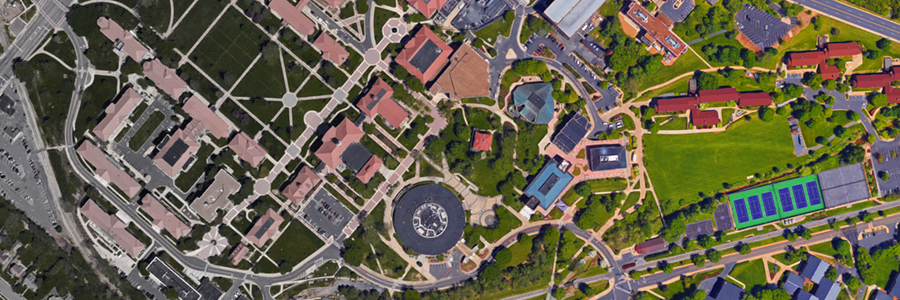
There's good reason to account for virtual reality and artificial intelligence when planning campus expansion in the months and years ahead. Soon we'll have virtual lecture halls and labs with AI assistants and tutors, places for learning everything from math and geometry to physics and chemistry, art and music, where teachers and students interact without physical boundaries or infrastructure.
Today's technology and social media giants spend billions of dollars developing virtual reality platforms universities can use right now to create VR teaching and learning environments. It's safe to assume these same companies experiment with virtual reality education methods and tools while preparing commercial VR learning labs and concept simulators of their own.
If you're Amazon, Apple, or Google, remaking education for profit with virtual reality and artificial intelligence is good business. The immediate applications of AI extend well beyond classroom automation. There's intense interest in automating white-collar, institutional administrative tasks. That's the exceptionally ripe, low-hanging fruit for artificial intelligence R&D at the moment. The changes instructional VR and administrative AI portend have far-reaching implications for campus planning, infrastructure, and expansion.
T.M.Wilcox, February, 2017
Collaboration Spaces
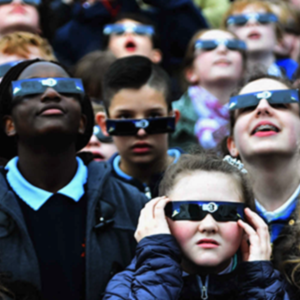
The Ultimate PDA
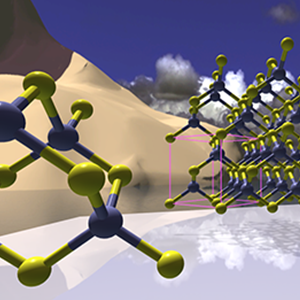
Learning To Code
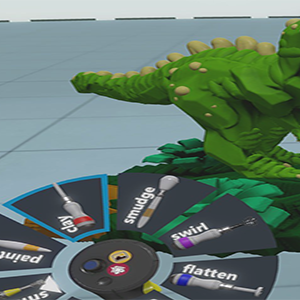
VR Interface Mock-Ups

Amazon's Lumberyard Engine
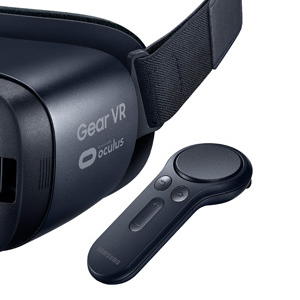
Samsung Gear-VR Controller
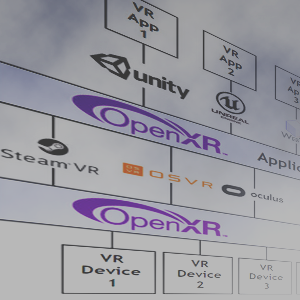
Standards For Virtual Reality

Writing Design Documents

Making 3D Objects for Virtual Reality
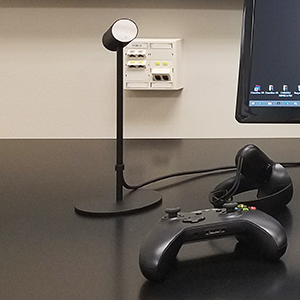
Inside-Out and Outside-In Head Tracking
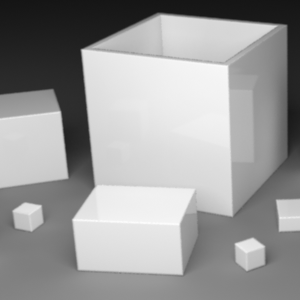
Making a Puzzle App With Unity
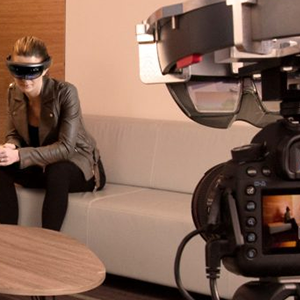
HoloLens Spectator View
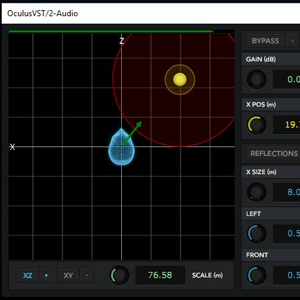
Spatialized Audio For Virtual Reality
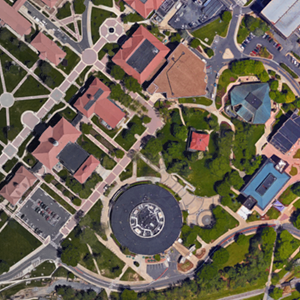
Physical Vs. Virtual Campus Expansion
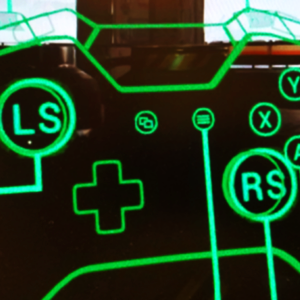
Head-Up GUI Design For VR
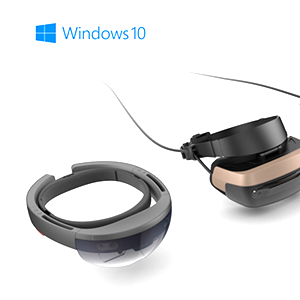
Windows 10 Creators Update
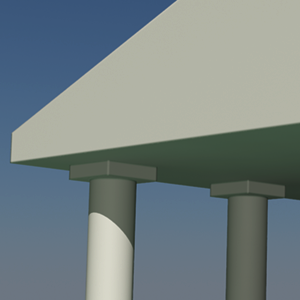
Visualizing Historic Buildings In VR
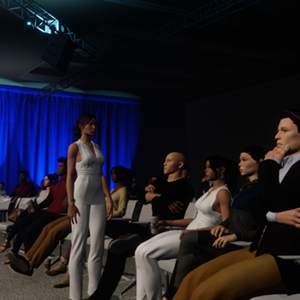
Sansar First Look
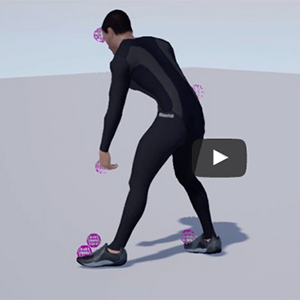
Accurate Motion Capture With Vive Trackers
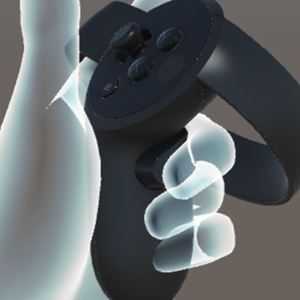
Interface Design For Oculus Touch Controllers